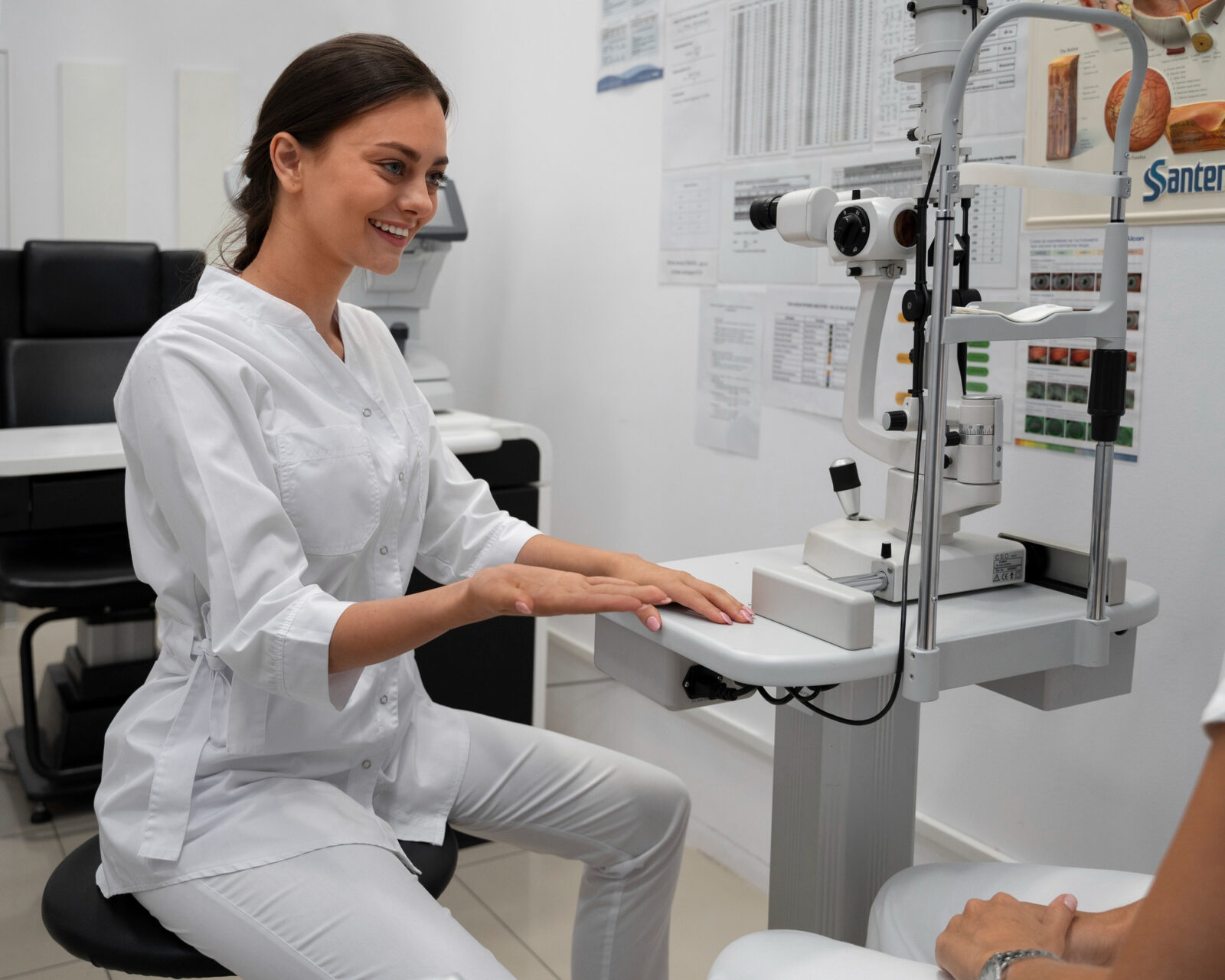
LASIK (Laser-Assisted In Situ Keratomileusis) has emerged as a transformative procedure, offering millions the gift of clear vision. Yet, a pressing question often arises: Can you undergo LASIK more than once? The answer is affirmative. Here, we delve into the intricacies of a second LASIK procedure, why it may be necessary, and what patients should anticipate.
When Might a Second LASIK Procedure Be Necessary?
Regression of Vision
Over time, some patients experience a slight regression in their vision, leading to a decline in the clarity they once achieved. This phenomenon is particularly prevalent among individuals who initially had high degrees of myopia, hyperopia, or astigmatism. Regression can prompt the need for a secondary LASIK procedure to restore optimal vision.
Incomplete Correction
In certain cases, the initial LASIK surgery might not completely correct the refractive error. This under-correction or over-correction can leave patients with residual visual issues. A second procedure, often termed an enhancement, can fine-tune the correction, ensuring the desired visual acuity is achieved.
Changes in Vision Due to Aging
As we age, our vision naturally changes. Conditions such as presbyopia, which affects near vision, can develop independently of the initial LASIK outcome. A second LASIK surgery can address these new refractive changes, helping maintain clear vision as one ages.
Eligibility for a Second LASIK Procedure
Corneal Thickness
One of the primary considerations for a second LASIK surgery is the thickness of the cornea. LASIK involves reshaping the cornea, and sufficient corneal tissue must remain to ensure the safety and efficacy of the procedure. An eye specialist will perform a thorough assessment to determine if the cornea’s thickness can accommodate another surgery.

Overall Eye Health
The overall health of the eye is crucial. Factors such as dry eye syndrome, glaucoma, cataracts, or other ocular conditions can impact the decision. A comprehensive eye exam will help identify any potential risks or contraindications for a second LASIK surgery.
Stability of Prescription
Before considering a second LASIK procedure, it is essential that the patient’s prescription has stabilized. Significant changes in refractive error can undermine the benefits of an enhancement. Typically, eye doctors recommend waiting for at least one to two years of stable vision before proceeding.
The Process of a Second LASIK Surgery
Pre-operative Evaluation
A detailed pre-operative evaluation is conducted to ascertain the patient’s suitability for a second LASIK surgery. This includes measuring corneal thickness, mapping the cornea’s surface, and evaluating the patient’s overall ocular health.
Surgical Procedure
The surgical process of a second LASIK is similar to the first. The surgeon may lift the original corneal flap created during the initial procedure or create a new flap if necessary. The underlying corneal tissue is then reshaped using an excimer laser to correct the refractive error.
Post-operative Care
Post-operative care is crucial for the success of the second LASIK surgery. Patients must adhere to the prescribed regimen of eye drops to prevent infection and inflammation, and attend follow-up appointments to monitor healing and visual acuity. Any discomfort or visual disturbances should be reported to the surgeon promptly.
Risks and Considerations
Potential Complications
While LASIK is generally safe, repeat procedures carry a slightly higher risk of complications. These can include dry eyes, halos, glare, and in rare cases, corneal ectasia, where the cornea becomes weakened and bulges.
Realistic Expectations
Patients should maintain realistic expectations regarding the outcome of a second LASIK procedure. While many achieve significant improvements, the results may not be as dramatic as the first surgery. Discussing potential outcomes and limitations with the surgeon is essential for informed decision-making.
Long-term Eye Health
A second LASIK surgery, if deemed necessary and performed under the right conditions, can significantly enhance a patient’s quality of life. However, maintaining long-term eye health through regular check-ups and protective measures against UV exposure and eye strain remains paramount.
Undergoing a second LASIK procedure is a viable option for those experiencing regression, incomplete correction, or age-related vision changes. Comprehensive evaluations and discussions with an experienced ophthalmologist are essential to ensure safety and efficacy. By understanding the conditions and expectations surrounding LASIK enhancements, patients can make informed decisions to maintain their visual clarity and overall ocular health.


